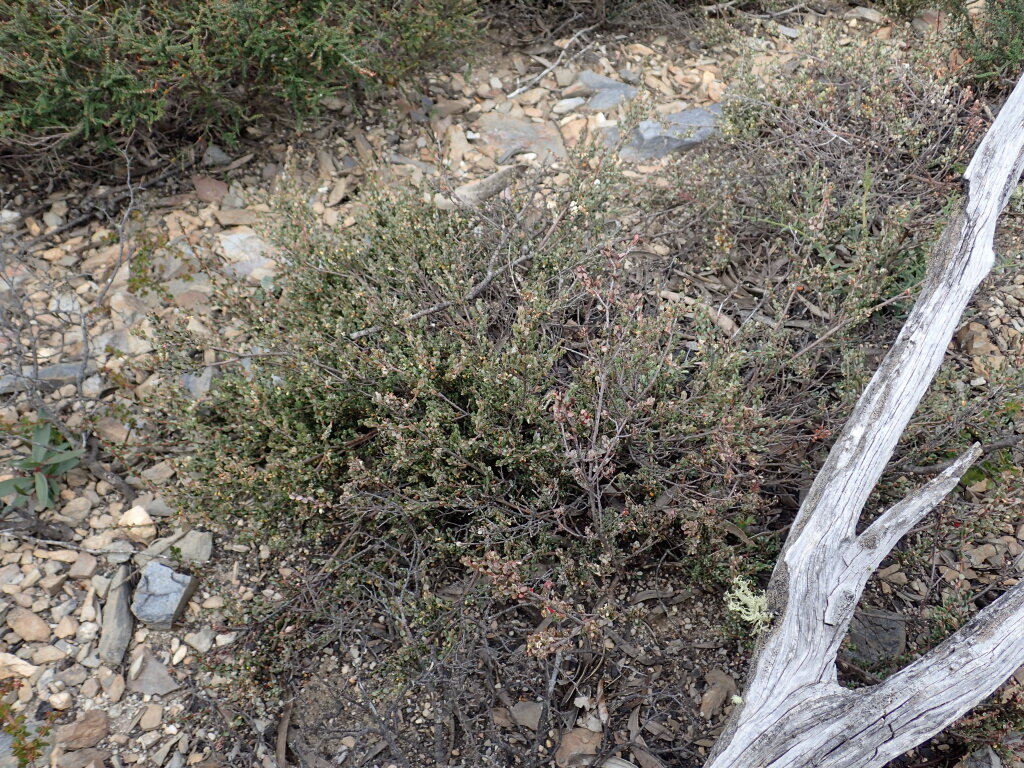Monotoca rotundifolia
Trailing MonotocaMuelleria 1: 141 (1967)
Taxonomic status
Accepted
Occurrence status
Present
Origin
Native
Degree of establishment
Native
Threat status
FFG:
Critically Endangered (CR)
• EPBC:
Endangered (EN)


